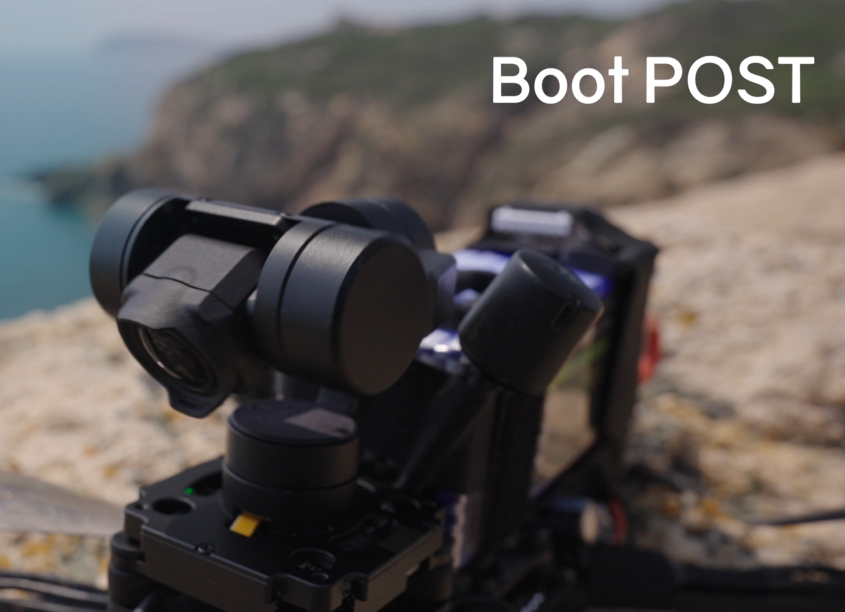Gimbals are mainly divided into three types:
- Single-axis gimbal: Only supports rotation in one direction, suitable for smooth time-lapse photography and panoramic photos.
- Two-axis gimbal: Supports horizontal and vertical rotation, suitable for shooting smooth videos and moving objects.
- Three-axis gimbal: Fully supports all rotation axes, providing a more stable shooting experience, suitable for demanding photography and videography.
Understanding Key Parameters
When choosing a gimbal, pay attention to the following key parameters:
- Payload capacity: It should meet the weight of the camera to avoid overloading the gimbal.
- Rotation speed: Affects the gimbal's response speed and shooting smoothness.
- Battery life: Longer battery life can meet the demands of extended shooting sessions.
- Control method: Wired or wireless control, wireless control is more convenient and flexible.
The Role of Drone Gimbals
Drone gimbals are support devices used to install and stabilize camera payloads on drones. The stability of the gimbal's structure is an important performance indicator, directly affecting the stabilization effect of the gimbal. A properly stabilized gimbal structure plays a significant role in improving the performance of drone operations. Due to factors such as drone vibration and airflow disturbance, using certain structures or materials to isolate vibration can effectively solve these problems.
HEQ G-Port Gimbal Component
G-Port is a three-axis gimbal component developed by HEQ for fixed-wing FPV and multirotor enthusiasts. G-Port features high stability and supports both upright and inverted installation. It can be equipped with DJI O3 Air Unit or CADDX cameras, supporting mavlink, sbus, and pwm inputs, compatible with various flight platforms, allowing players to quickly build their personalized gimbal cameras.
G-Port gimbal's FPV mode allows you to view the drone's attitude, enabling you to safely capture exciting moments during high-speed flights. By combining with the highest-definition DJI O3 Air Unit or CADDX analog camera transmission available on the market, it achieves high-definition shooting experiences for RC drones, RC cars, RC boats, and more, capturing what you want.

A drone gimbal is a mechanical device mounted on a drone to stabilize cameras or sensors and achieve stable shooting and expanded perspectives through precise control. Drone gimbals also have the advantages of real-time image transmission, technological application expansion, and enhanced security. With the continuous development of fields such as drones, unmanned vehicles, and robotics, drone gimbals will play an increasingly important role in advancing the era of drones.

